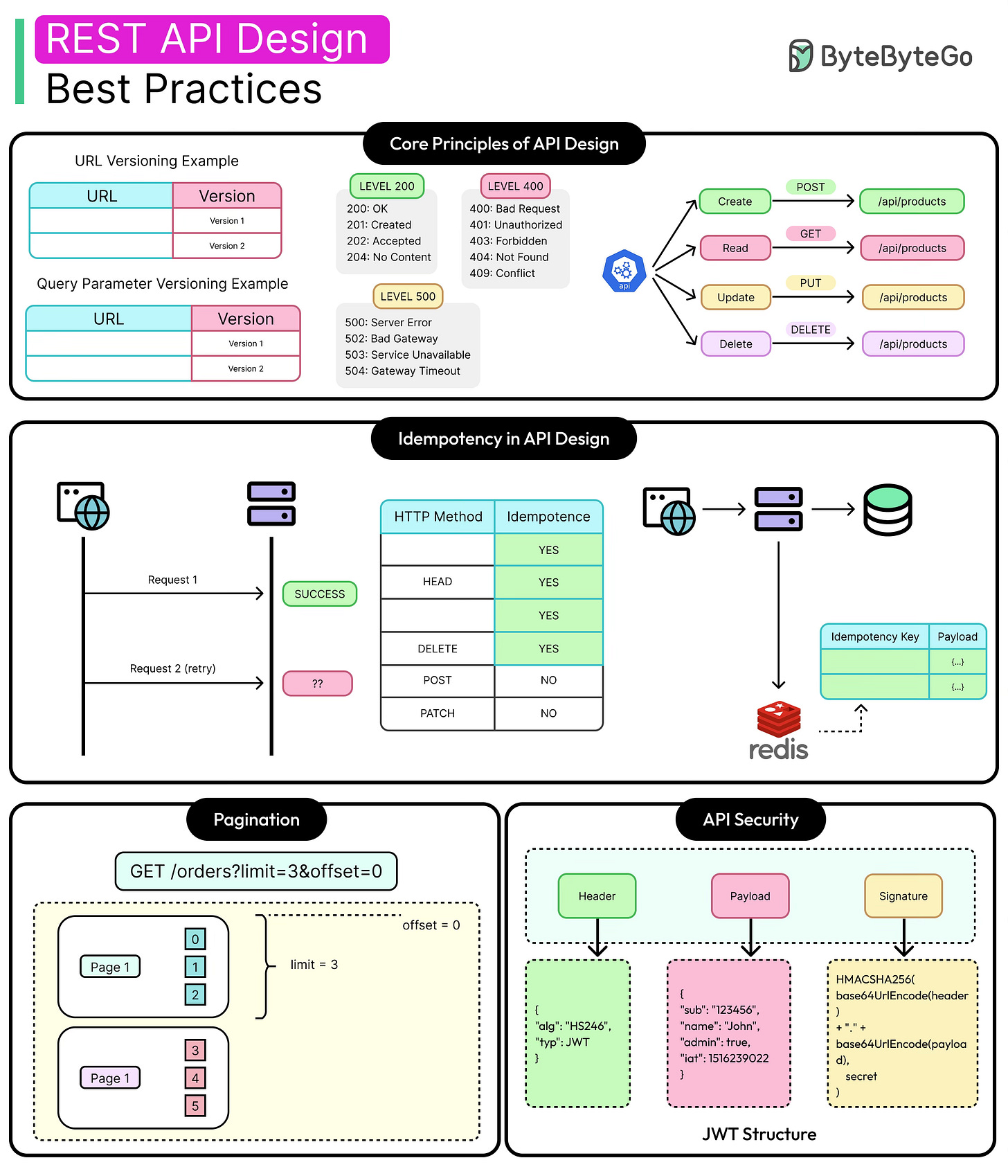APIs are the front doors to most systems.
They expose functionality, enable integrations, and define how teams, services, and users interact. But while it’s easy to get an API working, it’s much harder to design one that survives change, handles failure gracefully, and remains a joy to work with six months later.
Poorly designed APIs don’t just annoy consumers. They slow teams down, leak data, cause outages, and break integrations. One inconsistent response structure can turn into dozens of custom client parsers. One missing idempotency check can result in duplicate charges. One weak authorization path can cause a security breach.
Well-designed APIs, on the other hand, create leverage and help the team do more. Some defining features are as follows:
They act as contracts, not just access points.
They scale with usage.
They reduce surprises for the developers and other stakeholders.
And they are reliable, internally and externally.
Most of the pain in API systems doesn’t come from the initial development. It comes from evolving them: adding new fields without breaking old clients, handling retries without state duplication, and syncing data between systems without losing events.
A good API design is defensive and anticipates growth, chances of misuse, and failures. It understands that integration points are long-lived and every decision has an impact down the line.
In this article, we explore the core principles and techniques of good API Design that make APIs dependable, usable, and secure. While our focus will primarily be on REST APIs, we will also explore some concepts related to gRPC APIs to have a slightly more holistic view.
Principles of Good API Design
Keep reading with a 7-day free trial
Subscribe to ByteByteGo Newsletter to keep reading this post and get 7 days of free access to the full post archives.


